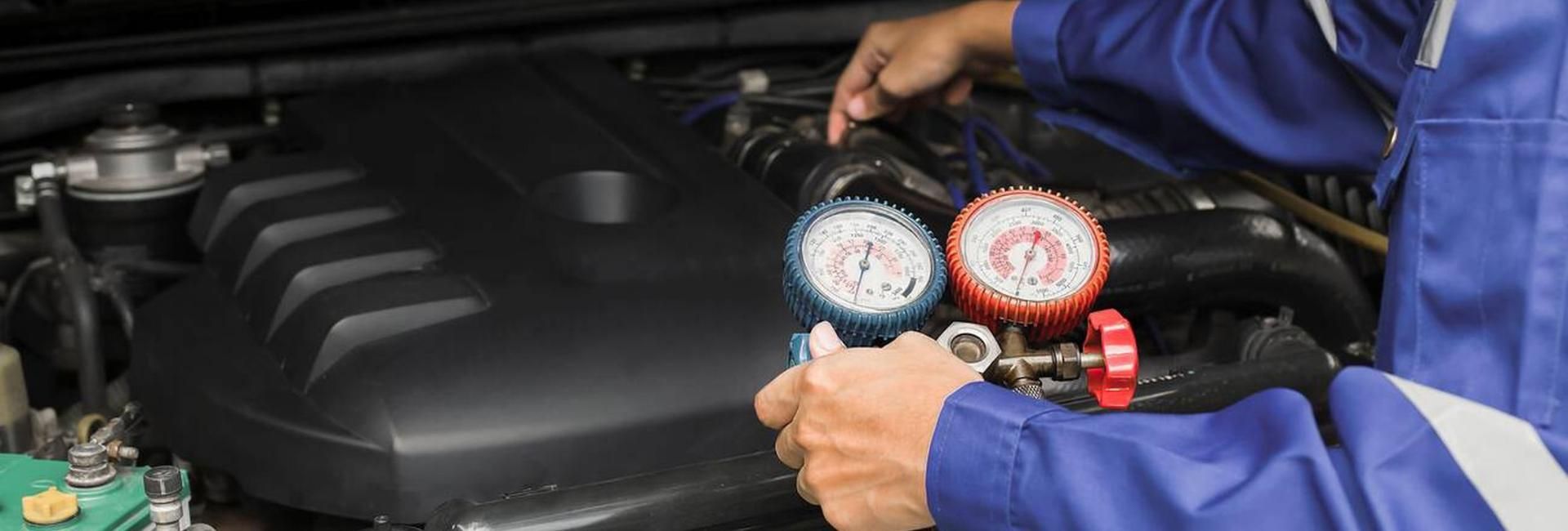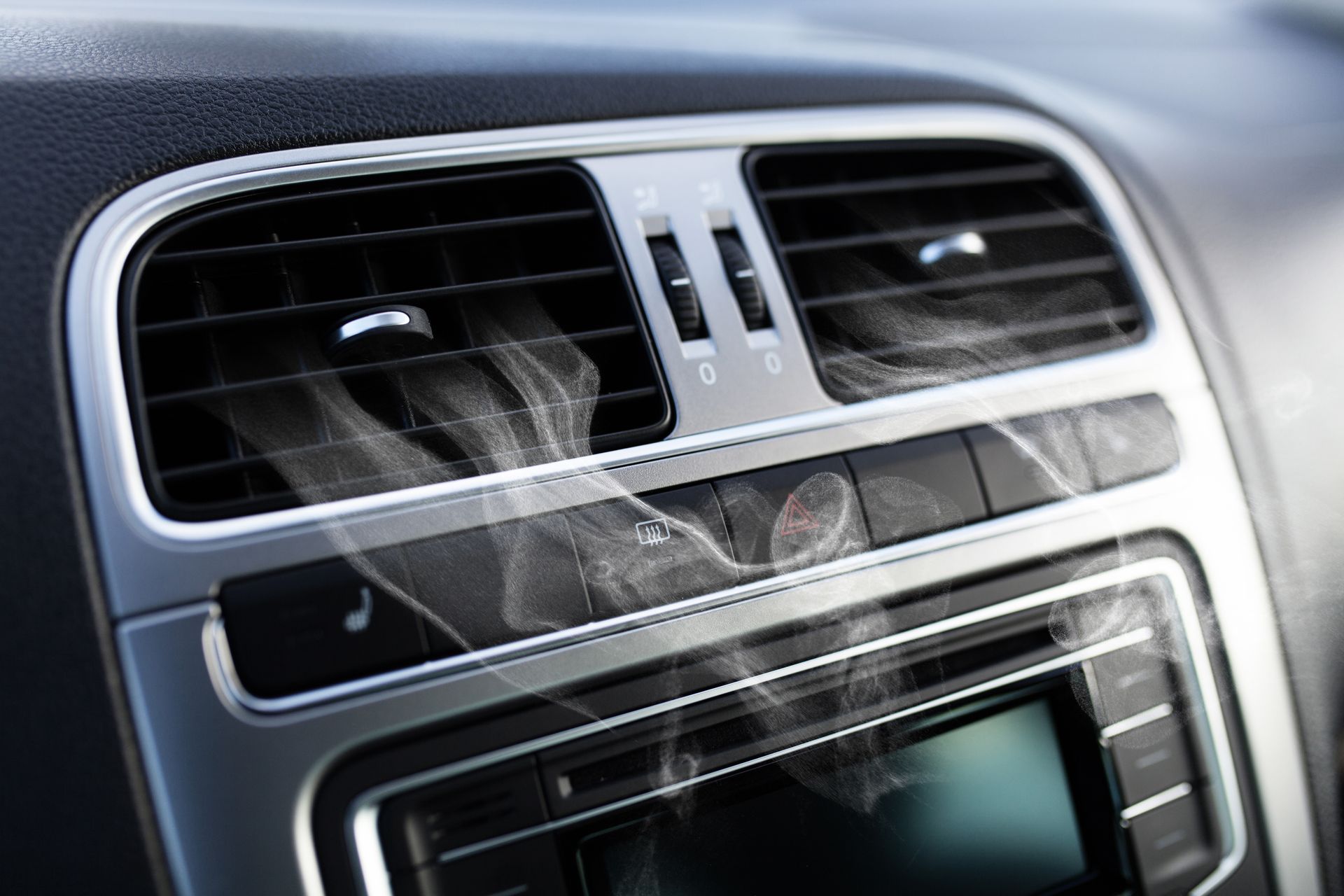When it comes to selecting a vehicle, one of the key considerations is the type of drivetrain it employs. Different drivetrain options offer distinct advantages and capabilities, catering to various driving needs and preferences. In this guide, we'll explore the differences between 4 wheel drive (4WD), all wheel drive (AWD), and rear wheel drive (RWD), providing valuable insights to help you make an informed decision when choosing your next vehicle.
1. Four Wheel Drive (4WD):
Four wheel drive, or 4WD, is a drivetrain system that distributes power to all four wheels simultaneously. Typically found in trucks, SUVs, and off-road vehicles, 4WD systems offer enhanced traction and off-road capability, making them well-suited for challenging terrain and adverse weather conditions. In most 4WD vehicles, drivers have the option to engage or disengage the system manually, allowing them to switch between two-wheel drive (2WD) and four-wheel drive as needed.
2. All Wheel Drive (AWD):
All wheel drive, or AWD, is a drivetrain system that continuously distributes power to all four wheels, automatically adjusting power delivery to optimize traction and stability. Unlike 4WD, which is often manually engaged, AWD systems operate seamlessly and require no input from the driver. AWD is commonly found in a wide range of vehicles, including sedans, crossovers, and luxury cars, offering improved traction and performance in various driving conditions without sacrificing fuel efficiency.
3. Rear Wheel Drive (RWD):
Rear wheel drive, or RWD, is a drivetrain system that sends power exclusively to the rear wheels. Found in many performance-oriented vehicles, sports cars, and traditional trucks, RWD systems offer excellent balance, handling, and driving dynamics. With power directed to the rear wheels, RWD vehicles tend to have a more balanced weight distribution, resulting in better acceleration and cornering capabilities. RWD is favored by enthusiasts for its engaging driving experience and precise control.
Key Differences and Considerations
- Traction and Stability: 4WD and AWD systems provide enhanced traction and stability, making them ideal for challenging terrain and adverse weather conditions. RWD vehicles, while capable, may require additional caution in slippery or off-road environments.
- Performance: RWD vehicles are prized for their balanced weight distribution and dynamic handling characteristics, making them popular choices for enthusiasts and sports car enthusiasts. 4WD and AWD systems offer improved traction and performance in various driving conditions, providing added confidence and control.
- Fuel Efficiency: AWD systems typically operate continuously, which can result in slightly lower fuel efficiency compared to 2WD or RWD vehicles. 4WD systems, when engaged, may also contribute to increased fuel consumption due to the added weight and friction of the drivetrain components.
Whether you drive a 4WD, AWD, or RWD vehicle, ensuring your drivetrain is in top condition is essential for optimal performance and safety. At The Garage Automotive Solutions, our experienced technicians can repair all drivetrain issues. Contact us today to schedule an appointment!










